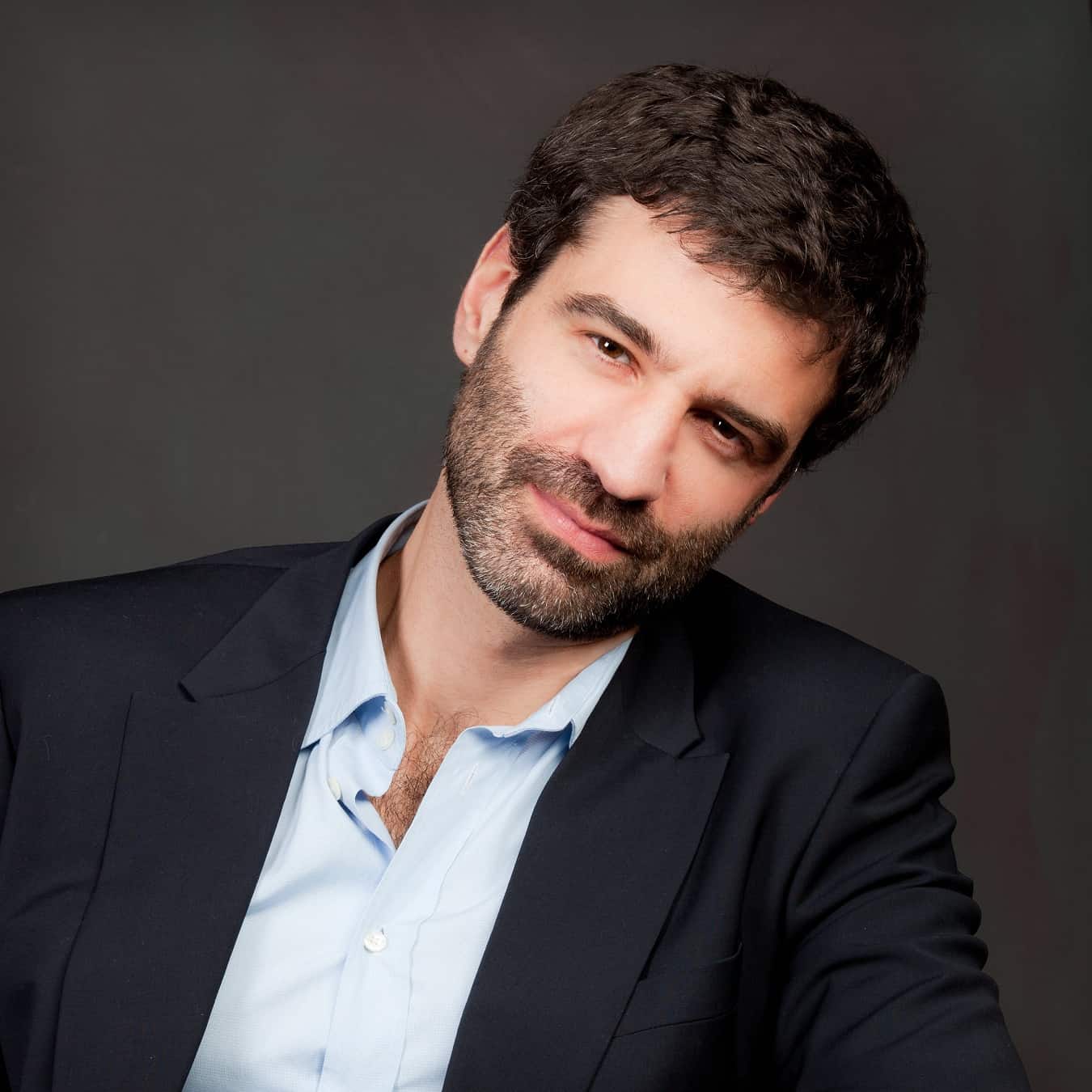Jorn Weisbrodt is the artistic director of the Luminato festival, an annual ten-day celebration of the arts in Toronto.
The Varsity: How did the decision to feature Viktor&Rolf come up?
Jorn Weisbrodt: I’ve known them for a long time. I thought it was interesting to see the contrast between fashion and art, turning fashion into objects. There’s something about the dolls that makes it timeless and interesting.
TV: Were there other designers or exhibitions in mind?
JW: No, not really. I thought [Viktor&Rolf’s] approach to fashion and the installation is very unique.
TV: Why do you think Viktor&Rolf was a good fit for Luminato?
JW: [Viktor&Rolf’s] work crosses disciplines and boundaries. When I think about a project, we have to do what no one else is doing.
TV: What do you want or expect people to take away from the exhibition?
JW: Art doesn’t necessarily have a message. Everyone takes something else from it. It’s simply pure joy to see it. The dolls have something weird about them. It’s something that appeals to all ages — something that everyone can enjoy.
TV: It’s true, I actually saw a lot of kids and parents at the exhibition. I think this exhibition also draws people who don’t know much about fashion or Viktor&Rolf’s work.
JW: Really? That’s great. Yeah, the exhibition gives an overview of their career. It’s easy to look at.
TV: The exhibition is staged as a mock fashion show. Were you trying to show what a real fashion show is like?
JW: The decision to set the dolls on a catwalk was by Viktor and Rolf. They had a dollhouse at the Barbican Art Gallery in London previously, and they wanted to do something new and unique for Toronto. I love the serpent shape catwalk, because it’s not typical and it works with the angularity of the space. It’s a fun way of displaying the dolls.
TV: Is there any significance in using dolls instead of mannequins?
JW: Yes, absolutely. They wanted to do something different. Dolls are very childlike, very naïve, but they have that creepiness. The same fabrics from the original designs were used on the dolls. The dolls are also a commentary on the importance of fashion, the hype of fashion, and are meant to impress on a larger scale.
Viktor and Rolf had the idea at 22 or 23 that they wanted a miniature version of their empire. Today, in fashion, everything is bigger, larger, grander, and they wanted to do something that is completely different.
TV: I think using the creepiness of the dolls also draws people to see the exhibition.
JW: Yeah, I mean you see those dolls in horror movies that are your friends, and they suddenly turn on you. These dolls have a fairytale quality, but they have an edge, that quality of being mean and weird.
TV: These dolls were presented for the first time in North America and in Toronto. Do you think that Toronto is gaining importance and recognition in fashion?
JW: I don’t know to be honest. I think it’s great that there’s fashion week here. I think it’s great that this exhibition was shown in Toronto. But we had the connections to Viktor&Rolf, so we used that. We have done fashion at Luminato before, but this is my first fashion project.
TV: Luminato is about artists using various mediums to change their outlook on the world. How do you think people’s perceptions are starting to change about fashion as an art form?
JW: When you look at these dolls, they’re like sculptures in a way. The interesting thing about Viktor&Rolf is there’s something contextual about it, and it comes through in the exhibition. The dolls and the designs have this timelessness and statement about its time.
TV: What is your future vision for Luminato?
JW: I want to make Luminato one of the greatest festivals for the world. I want to create an environment where artists can collaborate with each other and present their work. I want to make Toronto and its citizens proud.
Check out our review of Viktor&Rolf’s Dolls, here.


